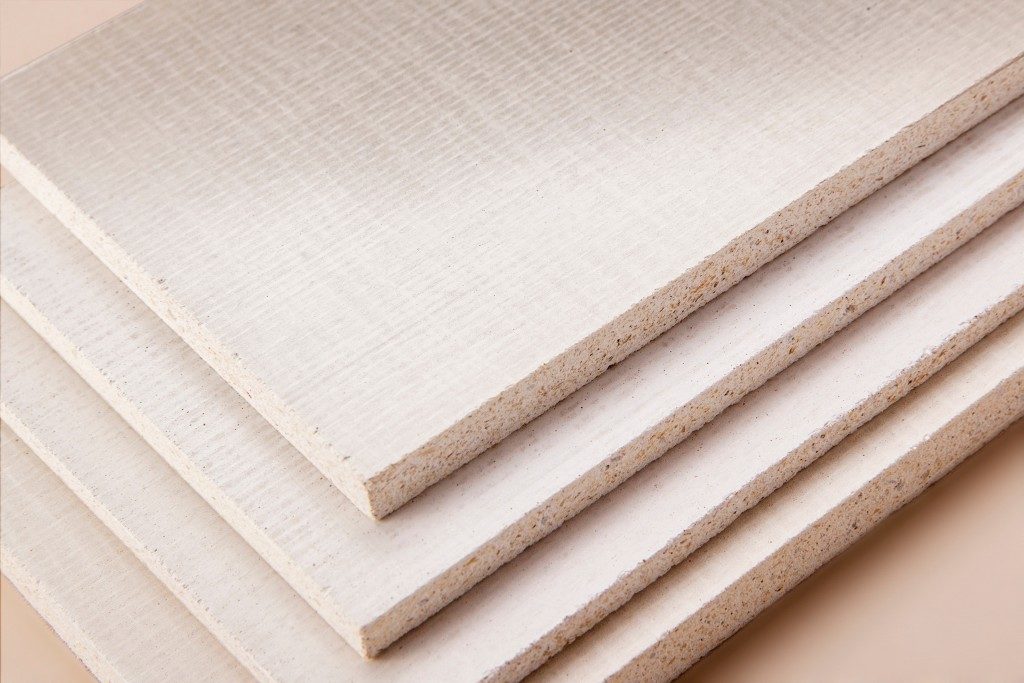- Assess the extent of water damage.
- Turn off the water supply and unplug electrical appliances.
- Contact a professional for accurate assessment and advice on repairs.
- Remove damaged materials and document them for insurance claims.
- Use fans and dehumidifiers to dry out the home and check for hidden pockets of moisture.
Water damage can be a devastating issue for any homeowner. If not addressed quickly and correctly, it can result in major structural and health problems that could cost thousands of dollars to repair. It’s important to take prompt action when water damage happens to protect your home and your family from further harm. Here are five strategies you should consider when your home has water damage.
1. Assess the Situation
The first step is to assess the extent of the water damage to determine how much work needs to be done and what other risks may accompany it. You should inspect all areas of your home for signs of moisture, such as peeling wallpaper, discolored walls, or wet carpets or floors. Don’t forget about any crawl spaces or basements, as these areas can be especially vulnerable after flooding or other types of water damage. Additionally, you should check for any visible signs of mold or mildew, as these can multiply and need to be remediated before they cause further problems.
2. Turn off the Water Supply
Once you have assessed the situation, it is vital to turn off the water supply immediately to prevent further damage from occurring. This includes turning off all taps in your home and checking any outdoor fixtures that may be connected to your water system. Additionally, you will want to shut off the main water supply line if necessary so that no additional water enters your home while repairs occur. It is also important to ensure all electrical appliances are turned off and unplugged during this time to avoid potential electrocution risks.
3. Contact a Professional

Once you have taken the necessary steps to mitigate any further damage, it is important to contact a professional who specializes in flood restoration. A qualified contractor can accurately assess the water damage, identify any structural and safety issues, and offer advice on restoring your home to its original condition. Be sure to ask about their experience with similar projects, what materials and equipment they plan to use, and the estimated timeline for completion. They should also be able to provide a detailed estimate of all costs associated with the job.
4. Remove Any Damaged Materials
Once the water supply has been shut off, and a professional has assessed the situation, removing any damaged materials from your home is important. This includes wet carpets, furniture, clothing, and other belongings that may have been in contact with the water. These items should be disposed of quickly and properly, as they can become breeding grounds for mold or mildew if left unattended. Additionally, it is important to keep good documentation of all removed items and their condition so that you can file an insurance claim if necessary.
5. Dry Out Your Home
The last step to restoring your home after water damage is thoroughly drying out the affected areas. This may include using fans and dehumidifiers to circulate air throughout the room and reduce moisture levels. It is also essential to check for any hidden pockets of moisture that may not be immediately visible. Additionally, if you could not turn off the water supply before the repairs began, you may need to call a plumber to check for any leaks that could be causing additional damage.
Commonly Asked Questions
How much does it cost to repair water damage in my home?

The cost of repairing water damage depends on the extent of the damage, as well as the type and location of materials that have been impacted. Professional water damage restoration companies provide free estimates based on an inspection of your property, giving you a better idea of what kind of prices to expect. On average, water damage restoration costs between $1,304 and an astonishing $5,514.
How long does it take for a professional team to fix my water-damaged home?
This again depends on how severe the damage is and how many materials need replacing or restoring. The process may take anywhere from several days to weeks for complete restoration. However, some companies offer emergency services that can help speed up the process.
Is it possible to restore water-damaged furniture?
Yes, in many cases, experts can restore water-damaged furniture. Depending on the type of material and extent of damage, some items may require more intensive restoration processes. Professional teams can assess the damage and advise you accordingly.
Are there any preventative measures I can take to avoid future water damage?
You should always check your home for any signs of potential water leaks or cracks that could lead to a bigger problem. Check all plumbing pipes and fixtures regularly, as well as exterior walls and foundations. It is also essential to keep up with regular maintenance around your house so that you can catch any issues.
In Closing
Water damage can be a complicated and overwhelming experience, but with these five strategies in mind, you can begin restoring your home quickly and efficiently. Assessing the situation and identifying potential risks is key to taking quick action and preventing further issues. Additionally, contacting a professional service and removing any damaged materials while drying out your home are all necessary for dealing with water damage. With these strategies in place, you will have the best chance of restoring your home to its original state.


